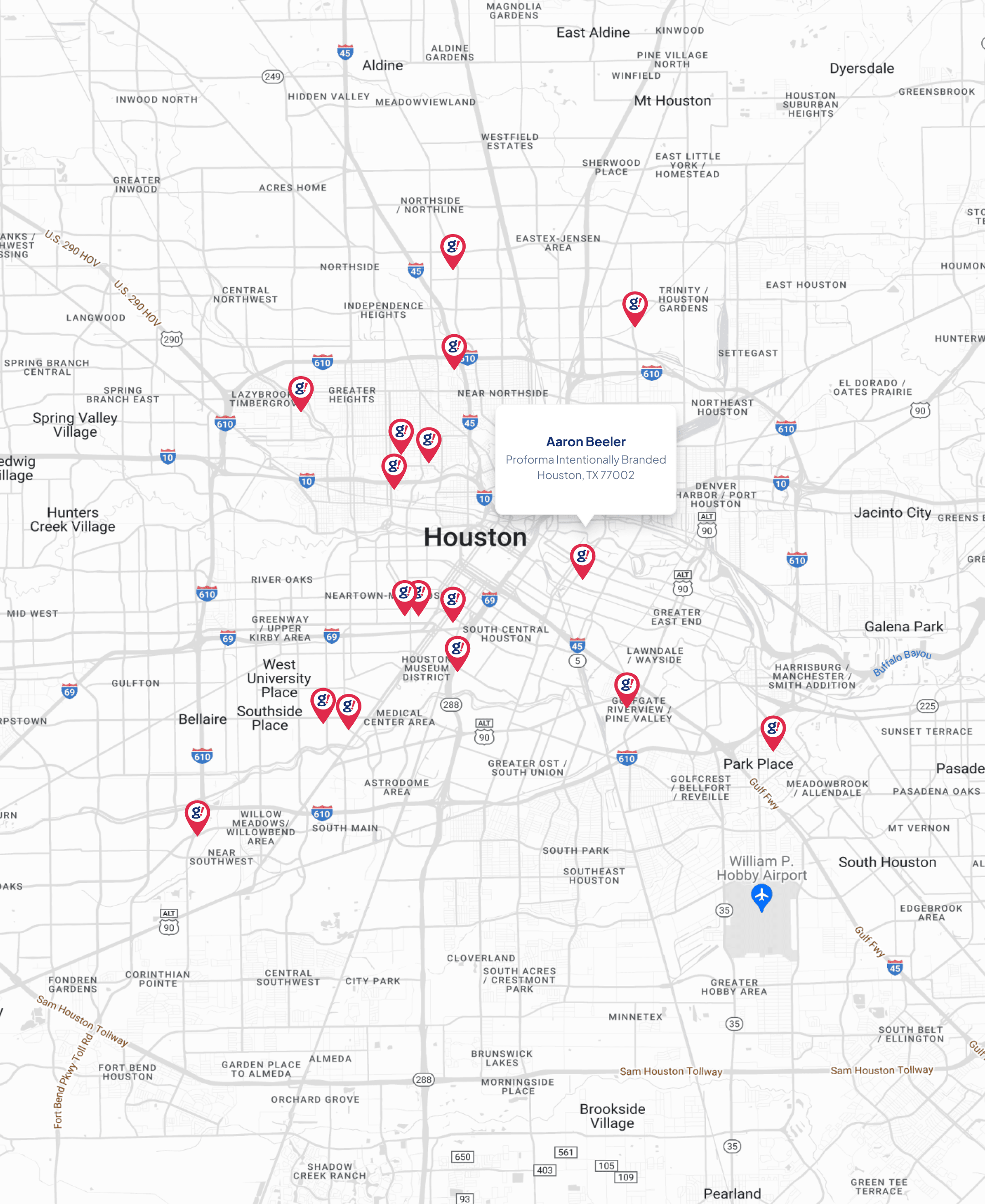How to White Label WordPress
- Updated on: 2020-04-29
- Read original article here

How to White Label WordPress
Posted on April 28, 2020 by B.J. Keeton in WordPress | 0 comments
WordPress makes up 1/3 of websites on the internet today. But many of them don’t appear as WordPress to the users or the public. Why? Because of a practice called white labeling. White labeling is when you remove all the branding of one product in place of another. For example, your login pages and dashboard (and others) will be decorated with your own logo, company name, and media. You will still be using WordPress and gaining all its power and utility, but it won’t appear as default WP to your users or visitors. You can even have customized widgets and messaging within traditionally WordPress-labeled areas.
Subscribe To Our Youtube Channel
How to White Label WordPress
You have a few options when it comes to white labeling WordPress. You can manually alter the PHP files in your WP installation, inserting custom code in places where your site needs a new identity. A number of plugins exist, too, to give you a massive amount of white-label customization and freedom. We are going to walk you through the code required to manually white label your site, show you how to use the Branda plugin to white label WordPress, and guide you to some of the other top plugins out there so you have a solid idea of what options you have to choose from.
Manually White Label WordPress
Manually white labeling WordPress is actually pretty simple: you edit your installation’s functions.php file. You can also control specifically what you want to change, and you do so without the extra bloat from plugin code that may or may not apply to your situation. If you just want to alter the logo on the login page, you can. Change the menus in the admin panel and nothing else? You can do that, too. But you can pick-and-choose what parts of WP you white label. Altering anything in the WordPress file system can be dangerous if not done correctly, though.
That is why we highly recommend that you use a child theme to make these changes. Because you’re editing a core WordPress file (technically the core WordPress file), too many things can go wrong if you don’t.
If you do not use a child theme, any changes that you make to functions.php will be overwritten when your theme updates.
Therefore, we suggest and urge as strongly as we can that you follow our guide on creating child themes . Or, if you’re an Elegant Themes member, our ultimate guide on creating a Divi child theme specifically. If you don’t, and your theme updates (or something breaks and a backup has to be restored or one of a hundred other things), your white label code will be gone. You will be back to square one. So please use a child theme.
If you are not comfortable creating one manually through our guides, you can also use a child theme creation plugin or the Divi Space Divi child theme builder .
How to Edit Your Functions.php File
Editing your functions.php file is very easy, and you have multiple options to choose from. You can use a code editor along with an FTP program like FileZilla to download and re-upload the file. Or you could use your cPanel’s file manager or a WordPress plugin like WP File Manager handle it all right inside your dashboard. Regardless of the method you choose to edit the file, you 100% want to create a backup of both your site and the file itself to prevent any catastrophic loss of data.
With that said, you can find your functions.php file in your /public_html/example.com/wp-content/theme-name directory.
Depending on your editor and website set up, the exact structure will be different from the above example, but it will be similar. Then, download it and get to editing.
Manually White Label the WordPress Login Page
The perfect spot to start white labeling your site is the WP login page. It’s one of the most used pages on your site, so you might not want the big WP logo staring at your users or staff. It’s easy to change. Any specific instructions you need for the code snippets are included as comments within the code block itself, and you should also note that any customization regarding URLs and custom text needs to be changed from our placeholders here. Also, many thanks to Ayub on the ET dev team for these wonderful examples.
Now for the code itself:
Additionally, you may need to redirect after a user clicks on the logo itself. You will want to add this code to do that:
And because accessibility is so important, you will want some hover/title text for the image. Here’s how to do that:
Manually White Label the WordPress Admin Dashboard
Beyond the login page, of course, is the WordPress admin. The place where all the magic happens. Or at least the work. With the last few releases of WordPress significant progress has been made on the design and UX of the notoriously ugly backend of WordPress. The following code snippets are meant to help with that.
Welcome Message
You know that little greeting in the top right-hand corner of your WordPress Admin that says, “Howdy, Your Name”? Well now you can make it say whatever you want.
Footer Text
By default the WordPress Admin’s footer says, “Thank you for creating with WordPress”. But thanks to this little snippet it can now be changed to any message you find brand appropriate for you clients.
Admin Bar Logo
If you need to change the default WordPress logo to a small image of your own, you just have to use this snippet:
Contact Widget/Theme Details
Since you’re doing so much work on your site (or a client’s site), you want them to know how to contact you (or successive devs), so we’ve got some code you’ll want to use for that.
Admin Panel Color Scheme
You can do this on a per-user basis in the profile editor, you can also change the default to any look that suits your brand with this code. If you’re trying to remove the “WordPress feel” of the backend, this can go a long way.
Now, thanks to Ayub’s comments and explanations, we’re confident that almost anyone, regardless of your coding and development experience or background. But if you’re more comfortable using a plugin to accomplish your white label goals, we’ve got some things you should see.
Using the WPMU DEV Branda Plugin
Probably the simplest way to handle white-labeling your WordPress installation is by using a plugin. WPMU DEV has one specifically for this: Branda , formerly known as Ultimate Branding.
Using Branda to customize your install is easy, quick, and clean. You get a ton of options that take a lot of work and tweaking when performing manually, so we think this is a great way to simplify that process.
First, you will see the new Branda Pro entry added to your WP Dashboard. Go to Dashboard, and you will see everything that you can possibly customize and white label on your site.
You will find a number of categories, under each of which are many sub-options that you can white label. You can use Branda to adjust as many or as few as you wish. The heading categories you see are:
Admin Area
Emails
Utilities
Most of them are pretty straightforward (widgets, emails), but with Front-End come options for things like cookie notices, signup/login screens, and even the author box. Additionally, Utilities includes comment control, various images, site-wide text replacement, and even tracking codes.
And if you have another site or set of customizations that you’re restoring, you can use the Import/Export tool for that.
White Labeling the Admin Bar
For our example, we’re going to show you how to white label the admin bar in your site’s WP dashboard.
To start with, find that option in your Branda Pro Dashboard. It should be near the top-right with the default layout.
Click the pencil to go to the edit options. You should see an Admin Area heading with a series of tabs leading down the left of the screen. These take you to the other aspects of the admin white labeling, so this is the only one that affects the header.
As you can see in the example above, the default WordPress admin bar shows the WP logo in the left corner. You can set that to a custom logo here. It will be incredibly small, so make sure that your image is optimized both in file size and resolution for the space. (Protip: Use an SVG .)
The next option is the Toolbar Visibility section, and this just gives you control over who actually sees the admin bar on the front-end. Nothing fancier than that. Next up are Menu Items and Custom CSS.
Adding a custom menu item is as simple as clicking the +Add Custom Item button, and following the steps to add your desired link. Choose icon, where it opens (new tab or same), the icon it shows, visibility, etc.
Once you save, it will appear at the top of the screen.
And finally, there is Custom CSS, which is exactly what you expect. CSS code that only applies to the admin bar.
And that is that. Branda follows these same steps for all of the different white labeling options. You can add logos, custom CSS, backgrounds, and so on to any part of WordPress that you’d like. And as you can see with this particular example, it’s easy and quick. This means you just need the assets to upload, and within a few clicks, your site will be as white as the freshly driven snow. You can find out more about Branda and WPMU DEV here .
Other Top White Label Plugins for WordPress
If you’re not into Branda, that’s okay, too. We’ve got some of the other top white label plugins for WordPress for you to customize and brand your installation as you see fit. While they all accomplish the same end, each is a little different and suited for a different kind of user.
White Label CMS
If quick-and-easy is your thing, White Label CMS is absolutely something you should see. The actual work you’re going to perform with this plugin takes minutes to do. You don’t get a crazy amount of customization (like you do with Branda above, for instance), but what you lose in detail, you gain in efficiency. If you’re not planning on changing literally every little thing, but instead want a new login page, admin panel, header/footer, and so on, this might be a great plugin for you.
More information
Absolutely Glamorous Custom Admin
We really like what Absolutely Glamorous Custom Admin offers. Not only is the UI simple and easy-to-use, but the options are straightforward and understandable. You can see what you are changing inside the plugin dashboard, and that means that you can more easily keep your messaging, colors, logos, and other customizations in line with one another. No guessing if you did X, Y, or Z — you can see it all in one place. Which we really like and think you will, too.
More information
White Label Branding
If you want a little more control over users, White Label Branding is definitely a premium option you should consider. You get the normal options for white labeling over the site, but you also get a custom user role administration platform. From the product page:
We have added a powerful Role and Capability Manger, which will allow you to create new user Roles and assign Capabilities. You can add new capabilities for specific user Roles and you can even create a “fake” Administrator account. This can be used if you want to give your clients “admin” access, but still limit what they have access to.
The real administrator will also be hidden from the users list. This way a client with the “fake” administrator account, will never know that they don’t have full access to all features.
For $25, it does a lot right.
More information
Admin Menu Editor
Admin Menu Editor comes in a free or pro version, though the free version does a lot — maybe enough for most of you. You get CSS control, front-end changes, back-end changes, and drag-and-drop editing for menus. The free version does not come with role editing or restriction, but if that isn’t a dealbreaker, AME is a freebie that can white label WordPress with the best of them.
More information
Cusmin
Cusmin (for Custom Admin, get it?) is one of the most robust custom admin white label plugins we’ve come across. It lets you white label and customize really every last detail of your WP installation, from logos, icons, dashboards, even meta boxes and metatables. You can even work your white-label magic using JavaScript. For $36 annually (or $4 per month), we think Cusmin is worth giving a shot.
3 Best PayPal Alternatives for WordPress Users
Posted on April 27, 2020 by Will Morris in WordPress
Although PayPal is one of the most popular online payment platforms, having alternatives available is always smart. Customers who don’t already have an account likely won’t want to set one up to make a single purchase, and international shoppers may struggle with this particular...
How to Replace Internal Company Email with WordPress
Posted on April 21, 2020 by B.J. Keeton in WordPress
Email can be kind of a pain. At times, it can be a real pain. That’s why many companies are eschewing the concept entirely and moving to various other communication tools like Slack or Microsoft Teams for their internal communications. While email is often necessary for external...
How to Clear Your Browser Cache (All Browsers)
Posted on April 17, 2020 by Will Morris in WordPress
If you’ve stumbled upon an error in WordPress, you may have been asked to clear your browser cache to fix it. This is usually a straightforward task, but because the process varies across platforms, your troubleshooting guide may not provide the specific steps you need to accomplish it. In...



